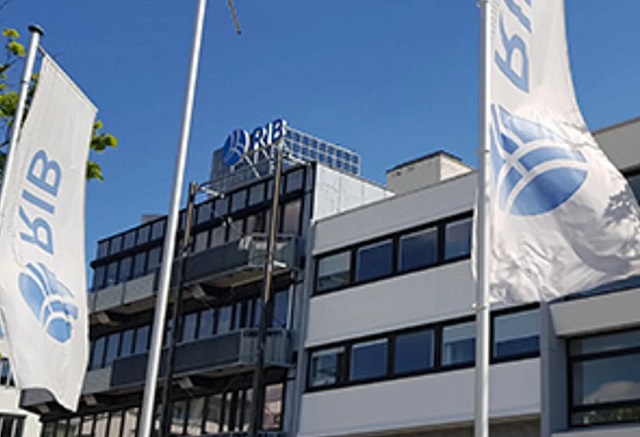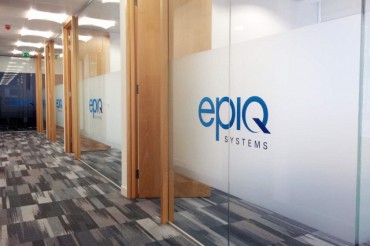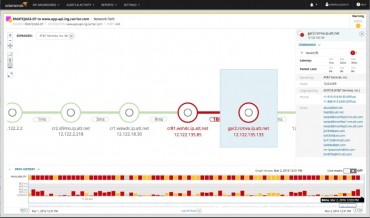RIB Software, a multinational providing innovative technology solutions to the architecture, engineering and construction (AEC) industry, has partnered with Building Transparency, a non-profit organisation that has developed a free and open access tool targeted at reducing the impact of embodied carbon and making the industry more efficient and sustainable.
Building Transparency’s premier technology solution is the Embodied Carbon in Construction Calculator (EC3). This tool houses a database of digital, third-party verified Environmental Product Declarations (EPDs), which can be used to perform sustainability benchmarking and assessments.
This is particularly useful to construction material procurers, developers, contractors, and policymakers alike. By being able to measure the amount of embodied carbon within production materials, these stakeholders are empowered to evaluate a project’s overall carbon emissions and utilise that information to procure low-carbon material alternatives or, in the case of regulators, set embodied carbon limits.
Addressing the building industry’s environmental impact
The statistics paint an unflattering picture of the AEC industry’s impact on the environment. Research by the Global Alliance for Buildings and Construction (GlobalABC) has uncovered that an estimated 37% of global energy consumption can be attributed to building and construction activities. While the processing of materials such as concrete is believed to contribute to as much as 9% of global carbon dioxide emissions. The high amounts of material waste that occur within the industry along with the need to rework construction structures add to the inefficiencies.
Working in a sustainable manner is critical to the future prosperity of the world. The continued disregard for the negative and potentially disastrous effects of greenhouse-gas emissions, pollutants and other environmentally unsafe practices must be addressed.
Partnership speaks to core purposes
“There is a need to actionably and urgently reduce the carbon footprint of the AEC industry. Knowledge is power and integrating technology such as EC3 into the workings of the sector provides critical decision-makers with the tools and data needed to effectively evaluate and understand the true carbon footprint associated with their projects. Armed with this, they will be able to chart tangible targets and collectively help minimise the industry’s impact on the environment. We all have a role to play in building a more sustainable world,” says Stacy Smedley, Executive Director of Building Transparency.
“Throughout our 60-year history, transformative digital technologies have enabled RIB to manage entire project lifecycles, ensuring that projects are completed on time, within budget, to high-quality standards and importantly while reducing carbon footprints. Our partnership with Building Transparency will expand our portfolio of software solutions, enabling us to continually propel the global industry forward toward achieving its sustainability targets,” concludes René Wolf, RIB CEO.
Sustainable solutions are at the heart of everything we do
With more than 550,000 users and 2,600 talents, RIB aims to connect people, processes and data in innovative ways. That includes supporting the development and availability of world-leading solutions that empower industry professionals to quantify, measure, report on and compare embodied carbon across the project lifecycle. In-progress development sees RIB’s solutions ultimately enabling better design and procurement decisions factoring in cost, time and carbon in order to mitigate and eliminate embodied carbon used across the life of a building. From planning to construction, to operation and maintenance, RIB is placing people, sustainability and industry best practices at the heart of everything it does.
ENDS
Attachment

Press Enquiries
Kim Immelman
kim.immelman@rib-software.com
Source: RIB Software via GLOBE NEWSWIRE








